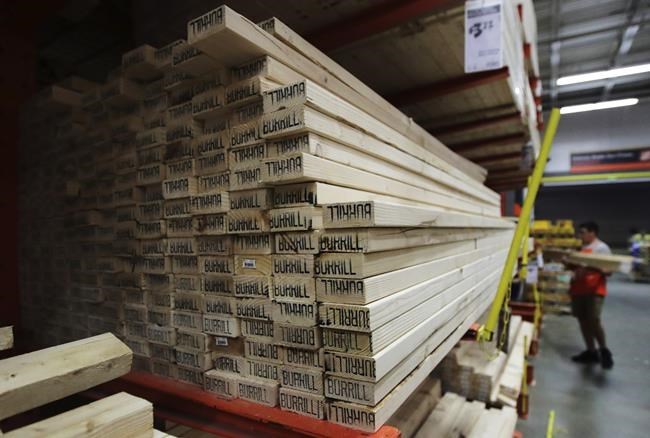TORONTO — Ontario homeowners who haven't started work on their renovation projects as of Jan. 12 will have to put their plans on hold under the province's new construction rules.
The rules are part of tightened COVID-19 restrictions filed Wednesday in the Reopening Ontario Act, after Ontario entered a state of emergency to try and prevent hospitals from being overwhelmed by the pandemic.
Those regulations say contractors can continue renovations to residential properties and construction work started before Jan. 12 — but the rules won't allow new renovation projects to start for at least 28 days.
While sending workers into an occupied home raises concerns, Ontario Construction Consortium executive director Phil Gillies said the industry has a good track record so far.
Amid safety concerns during the first wave of the pandemic, Gillies' think-tank called for construction sites to be shut down after a construction worker started an online petition describing crowds of up to 100 workers without running water at some job sites.
While Gillies said he is still watching carefully and urging stringent cleaning of job sites, he added that the relatively small portion of construction-related COVID-19 complaints to the Workplace Safety and Insurance Board shows that contractors and unions have stepped up to protect workers and tenants. Less than one per cent of the more than 10,000 COVID-19-related WSIB claims allowed so far are in construction.
"But this is no time to be complacent," said Gillies. "If you have tradespeople in your home – keep your distance and wear a mask."
Dave Wilkes, chief executive of the Building Industry and Land Development Association, said the regulations on renovations and repairs ensure that people will not be left with a half-torn-down kitchen or washroom as more people work or go to school at home.
Wilkes said his organization, at minimum, asks home occupants and work crews to fill out symptom and travel questionnaires, and requires designated wash stations for jobs longer than two days. Crews wear masks and log their schedules for contact tracing, Wilkes said, and extra communication with homeowners and occupants is done by phone or video.
Trades groups like carpenters and drywallers are scheduled to work separately to keep people distanced, said Wilkes, and there are also cleaning requirements for renovations as part of "specific protocols that are in place to protect both the homeowner, but also the contractor."
Wilkes said the provincial rules should hopefully prevent people from being stuck "between" homes due to unfinished renovations. But the halt on new renovations does come amid a business boom for the sector.
"Often the renovations currently are being done to improve situations ... given the changes in our lifestyle, whether they be accessibility for washrooms, or offices — or you have more people living there because you have students home from university," said Wilkes.
Wilkes said that even as work continues on existing renovations and repairs, the clampdown on new renovation projects will cause the growing sector to slip behind its current level of economic strength. But, Wilkes said, each sector must do its part to help stem the spread of COVID-19.
"(We) accept the responsibility that has been provided to us by the provincial government to ensure that construction is not one of the sources of the spread of COVID-19," he said.
This report by The Canadian Press was first published Jan. 14, 2021.
Anita Balakrishnan, The Canadian Press
